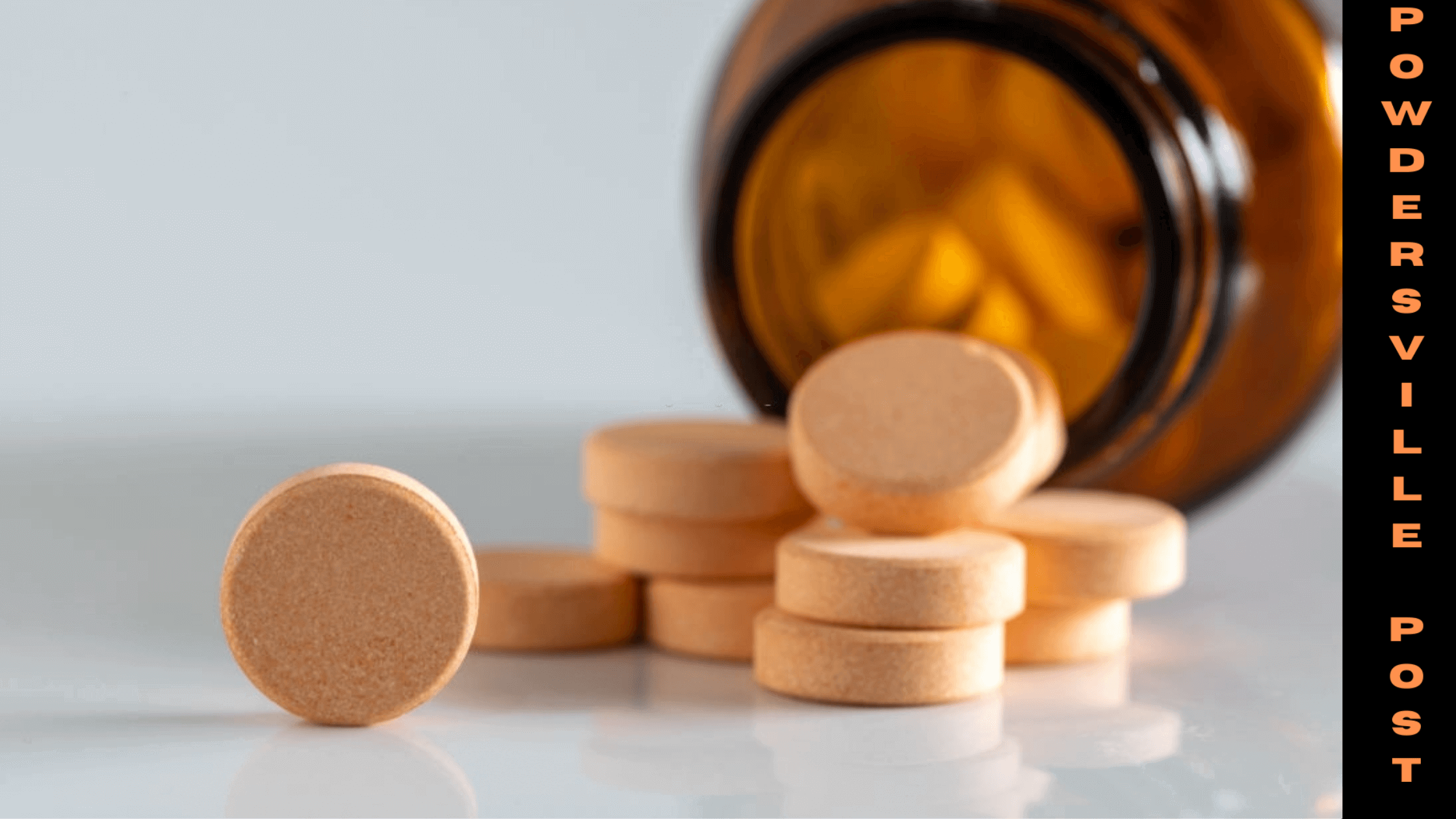US Overdose Crisis Being Added By Two More Drugs
Nikki Attkisson | Last Updated : January 29, 2022According to a federal report released Thursday, medical examiners are seeing more para-fluorofentanyl and metonitazene in overdose deaths. They’re frequently taken with or laced with illicit fentanyl, the substance that’s been blamed for more than a hundred thousand overdose deaths in the United States in the last year. Overdosing can occur when illicit drugs are used in excessive quantities or after a time of drug abstinence.
US Overdose Crisis Being Added By Two More Drugs
Cocaine users who inject intravenously can easily overdose accidentally, as the margin between a pleasurable drug effect and an overdose is thin. Failure to read or understand product labels can result in unintentional usages, such as dosage problems. Overprescribing, failing to detect a drug’s active ingredient, or unintentional intake by youngsters can all result in accidental overdoses. Iron-fortified multivitamins are a major source of an unintended overdose in young children.

The word overdose is frequently used to describe severe drug reactions or bad drug interactions caused by taking many medications at the same time. The signs and symptoms of an overdose differ based on the substance or toxicity exposure. The symptoms are frequently categorized into toxidromes. This can assist in determining which medicine or toxin is causing the problems.
Slow breathing, heart rate, and pulse are all signs of an opioid overdose. Due to low oxygen levels in the blood, opioid overdoses can also induce pinpoint pupils, blue lips, and nails. A person suffering from an opioid overdose may experience muscle spasms, convulsions, and a loss of consciousness, and they will typically not wake up even if their name is called or they are shaken hard.
By interrogating the subject, it is frequently possible to determine the chemical that has been consumed. However, if they refuse or are unable to supply this information owing to an altered state of awareness, a search of the residence or questioning of friends and family may be beneficial. So, as a result, there is a lot going on in the topic of the two drugs responsible for the overdose.
Toxidrome testing, drug testing, or a laboratory test may be beneficial. Other tests such as glucose, urea, and electrolytes, as well as paracetamol and salicylate levels, are commonly performed. Negative drug-drug interactions have occasionally been mistaken for an acute drug overdose, leading to suicide speculation.
For certain overdoses, antidotes are available. Naloxone, for example, is an antidote for opiates like heroin and morphine. Similarly, flumazenil can efficiently cure benzodiazepine overdoses. If activated charcoal is accessible within one hour of consumption and the ingestion is significant, it is commonly advised as a generic antidote. Ipecac syrup, gastric lavage, and whole-bowel irrigation are rarely utilized.
When a person’s respiratory rate is low or their blood gases suggest that they are hypoxic, ventilation is considered. Poison control centers and medical toxicologists are available in many places to advise physicians and the general public on overdoses. Naloxone is given to injectable drug users and other opioid drug users to reduce the chance of overdose mortality.
According to the Centers for Disease Control and Prevention (CDC), initiatives in the United States that provide drug users and their caregivers with take-home doses of naloxone and training on how to use it have saved ten thousand opioid overdose deaths. In the US state of North Carolina, healthcare institution-based naloxone prescription programs have also helped lower opioid overdose rates, and have been copied in the US military.
Nonetheless, providers’ lack of expertise and negative attitudes toward prescription take-home naloxone to prevent opioid overdose are limiting the scale-up of healthcare-based opioid overdose interventions. In the United States, programs that train police and fire personnel in opioid overdose response with naloxone have shown promise.
With over 15 years as a practicing journalist, Nikki Attkisson found herself at Powdersville Post now after working at several other publications. She is an award-winning journalist with an entrepreneurial spirit and worked as a journalist covering technology, innovation, environmental issues, politics, health etc. Nikki Attkisson has also worked on product development, content strategy, and editorial management for numerous media companies. She began her career at local news stations and worked as a reporter in national newspapers.
